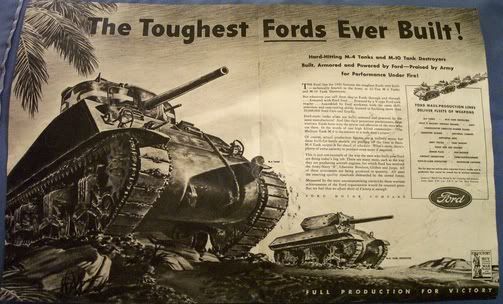I don't think anyone is really making a truly bad car now, if someone did they would be out of business pretty quickly in the "information age".
Everyone has their moments but it is bad when you get one of their moments.
From my perspective:
Jetta - trouble free
Civic - trouble free (it did have a battery fail at about 2.99 years and was replaced free of cost under warranty)
Acura - troublesome (I did not buy it new, but have every record and it has been in my immediate family since day one)
1994 Civic EX - trouble free
1992 Integra GSR - trouble free
1991 GTI 16v - troublesome (bought back troublesome, but over 50% trouble was dealer idiocy)
1991 318iS - trouble free (wonderful car)
1988 CRX Si - trouble free
In addition my company gives me an "american" car or truck to drive. They've been for the most part trouble free. None as trouble free as the Civic, but none so troublesome as the Acura. In all I would say the company has spent 1500.00 on "repairs" for the most troublesome. I usually keep them at least 75,000 miles (I don't decide the company does).
COO/FAP:
Both Acuras and the CRX - Japan
Both Volkswagens - Mexico
BMW - Germany
Civic - USA (for the 05) Canada (I think, for the older one)
The company cars - IIRC one was Canada, the others (4) USA - I am only counting the ones I had exclusive care custody and control over. I previously worked in a department where there was a small fleet available, all american and it was small enough that practically it worked out that I (pretty much everyone in fact) used the same car a large portion of the time. One such car was a silver Taurus of the approximate vintage mentioned by the OP, it also was pretty trouble free IIRC but it was a long time ago.
Draw whatever conclusions you like, but (I find myself saying this a lot lately) I just don't think it matters a great deal.







